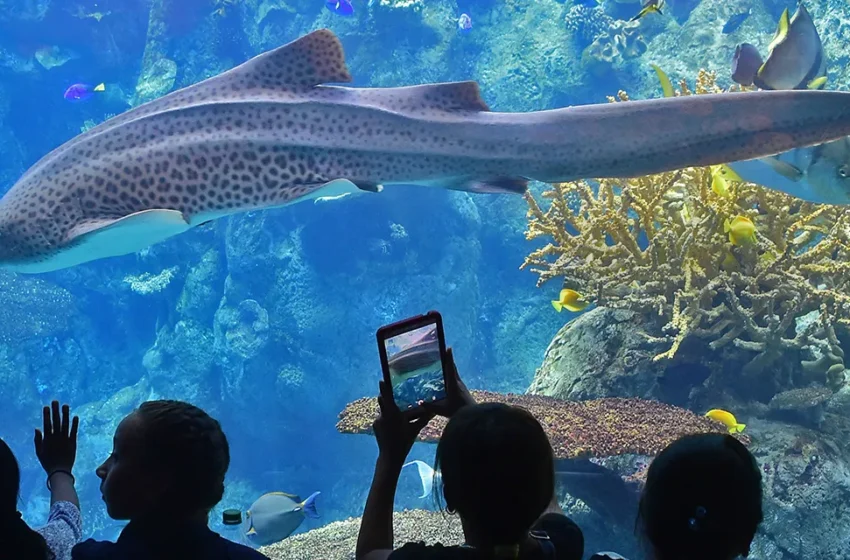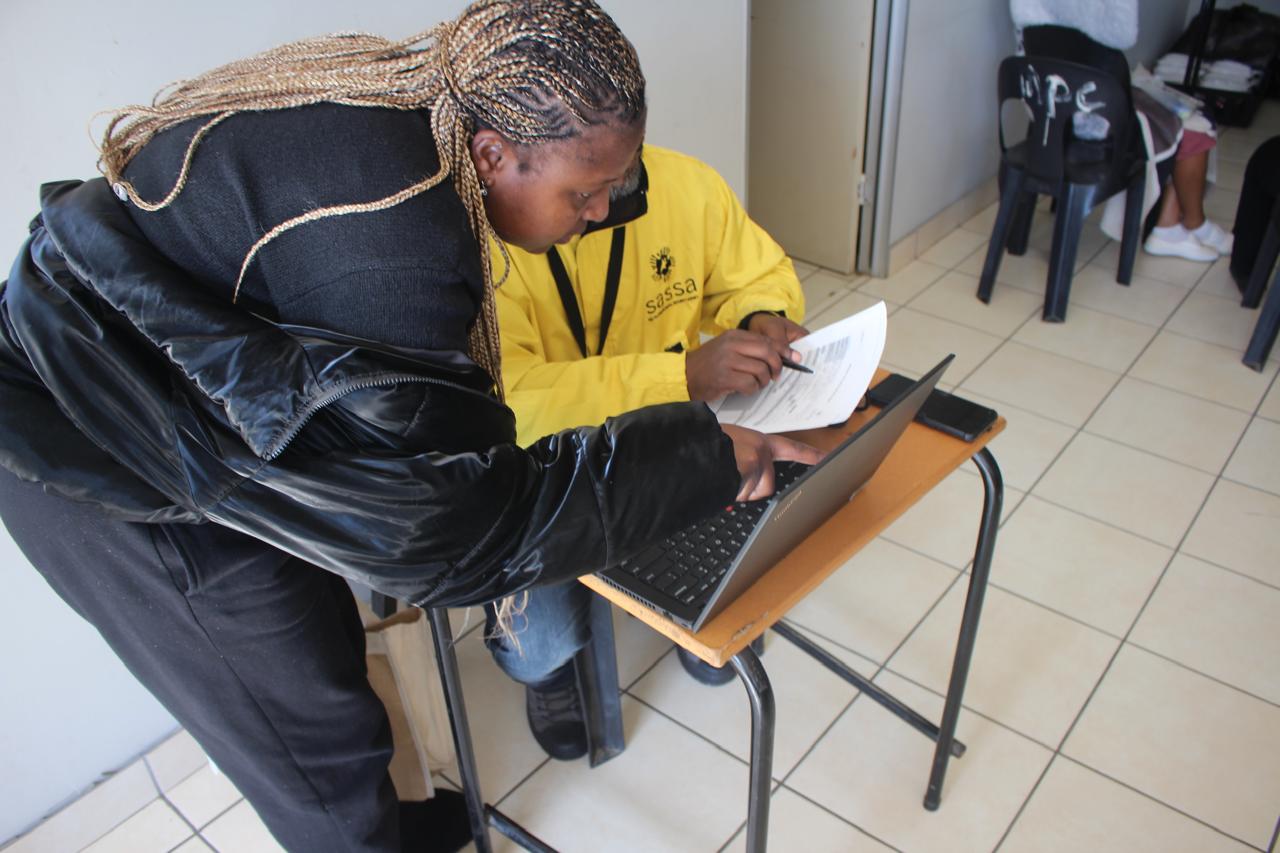Did a California Aquarium collapse: Here’s what you should know

Frederic J. Brown/Getty Images
A dramatic video showing a massive aquarium bursting and flooding a crowd in California has taken over social media. Claims of dozens of casualties flooded the comments section. But here’s the truth: it never happened.
The video is entirely AI-generated. There was no aquarium collapse, no fatalities, and no emergency in California. Experts and fact-checkers have since confirmed that the viral footage is completely fake.
The Aquarium Collapse Video That Went Viral
The clip depicts a glass tank exploding in a public aquarium, unleashing water and marine life onto panicked onlookers. It circulated rapidly on TikTok and Instagram, gaining millions of views. But no reputable news outlets reported such an event, and authorities have issued no official statements regarding a collapse.
Confirmed: No Incident at Any California Aquarium
Media investigations and fact-checking organizations have confirmed that no aquarium collapse occurred anywhere in California. The footage contains telltale signs of AI manipulation, including unnatural water movement and inconsistent visual physics.
Why It Fooled So Many People
The video’s realism, paired with dramatic captions and background audio, made it seem believable. Many viewers shared it without verifying the source. The lack of context allowed the video to spread unchecked, prompting false narratives of mass injuries and deaths.
READ ALSO
Fort Stewart shooting: What you need to know
Fort Stewart: The Army base that runs like its own Country
Real-Life Confusion: The Berlin Aquarium Collapse
Some viewers may have confused the fake California video with a real incident, the 2022 collapse of the AquaDom in Berlin, Germany. That event involved an actual aquarium rupture, flooding a hotel lobby and killing over 1,000 fish, but no human lives were lost.
How to Spot Fake Disaster Videos
- Check multiple news sources: If no major outlet reports the incident, it’s likely false.
- Look for official statements: Emergency responders and institutions release updates during real crises.
- Analyze the video: Watch for unrealistic movements, poor physics, or CGI glitches.
- Use reverse image/video search: This helps identify if content is digitally altered or recycled.
Public Reaction and Fact-Checking Efforts
Journalists and digital analysts were quick to call out the misinformation. Social media platforms flagged the video as misleading, while users who recognized the digital edits pushed back against the false narrative. Fact-checks published by reputable media outlets have fully debunked the claim.
This incident underscores the growing role of AI-generated disinformation in public discourse. As deepfakes and digital edits become more convincing, the need for media literacy has never been more urgent.



